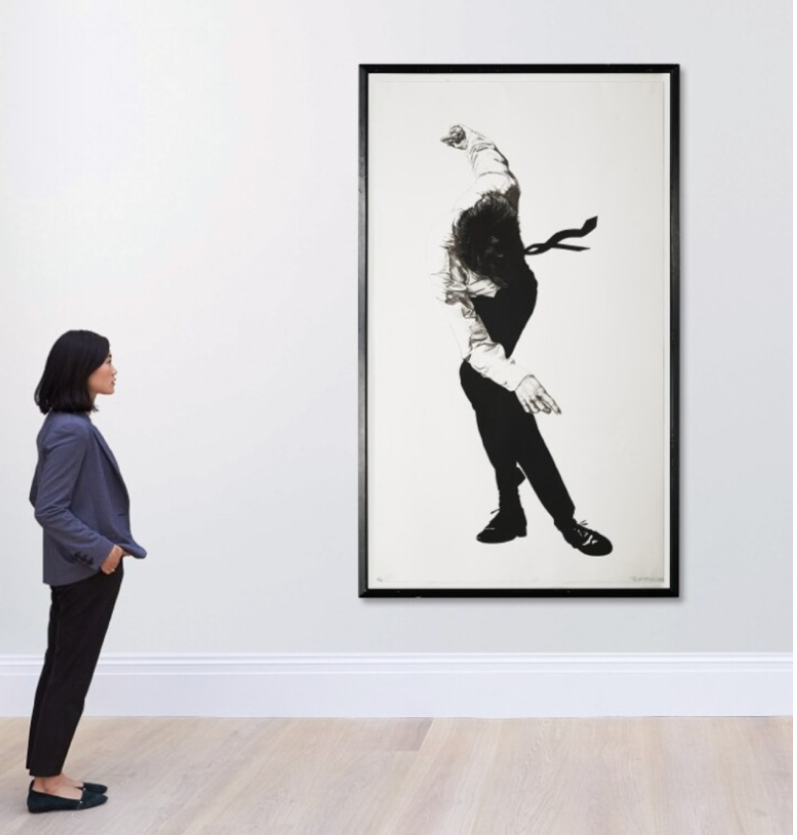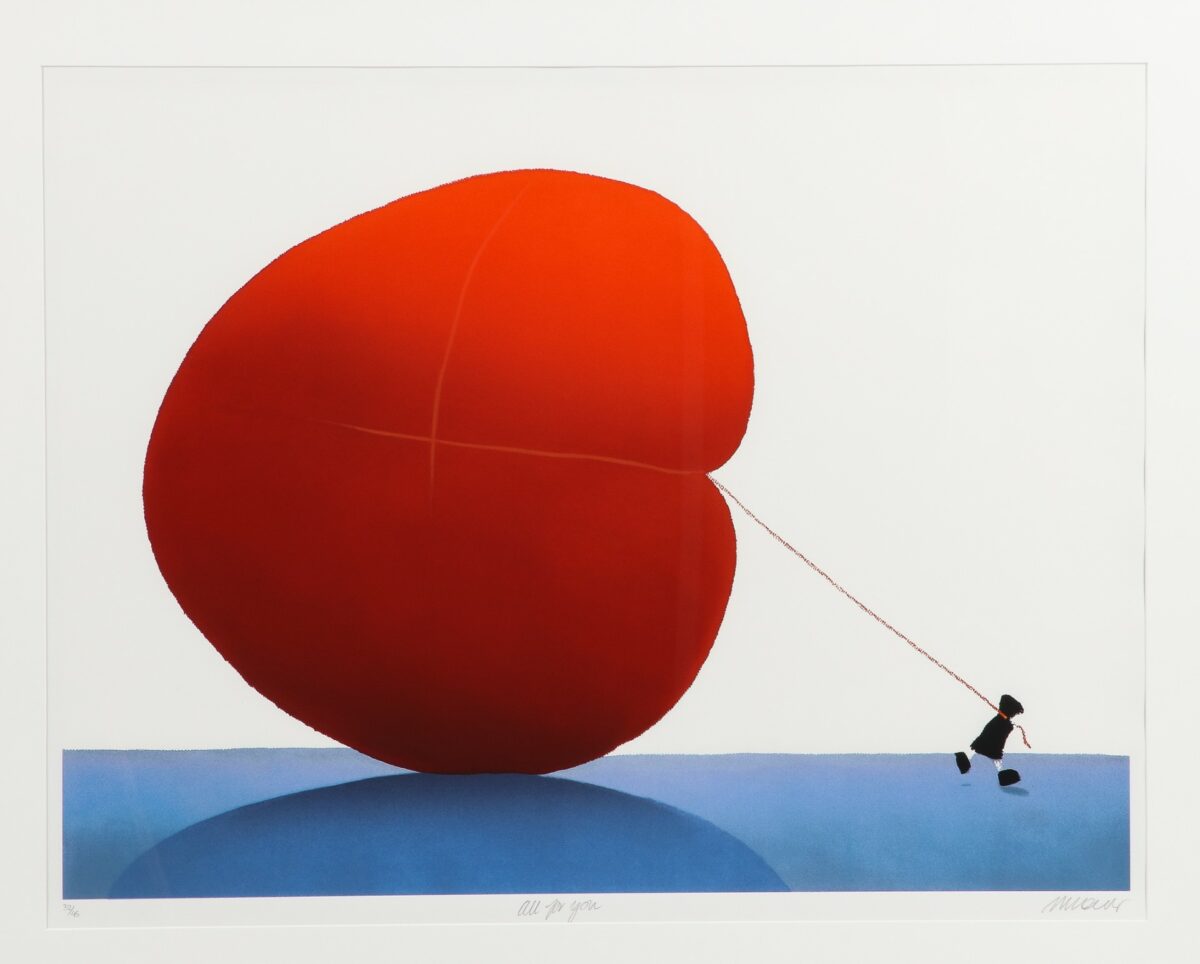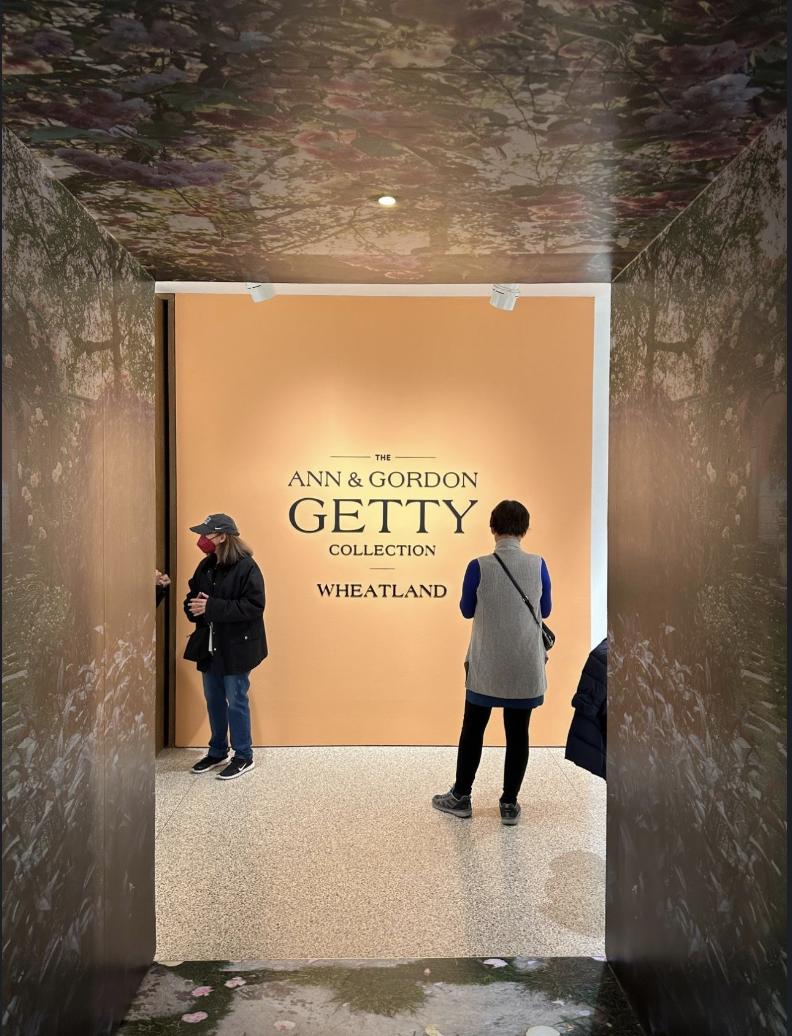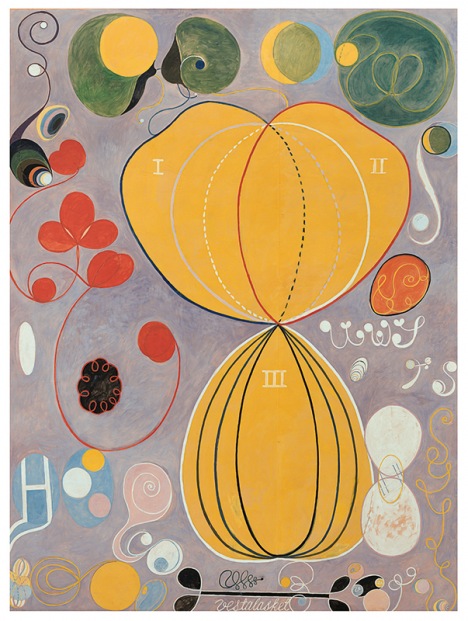Fine Art Prints vs. Reproductions
By Noelle DeSantis and Sarah Kirk Hanley
Have you ever wondered why two seemingly identical prints by the same artist can have vastly different price tags? Among numerous factors, it is often the manner in which the print was produced that plays the most pivotal role in determining its value.
In order to illustrate the differences, let’s examine how the iconic image “Eric” from American artist Robert Longo’s dynamic series “Men in the Cities” might be produced with different printing methods that significantly impact the ultimate value of each type of print.
Reproduction Prints
As the name suggests, reproduction prints are exactly that—machine-produced copies of artwork, not original works of art. The artist is usually not involved at all – or if so, minimally – and they can be either authorized or unauthorized reproductions. These copies are often produced in large quantities and often include posters, open-edition prints, and other mass-produced reproductions. While they can be aesthetically pleasing and affordable, they generally have little value in the art market. For instance, a new reproduction print of Longo’s “Eric” is available online for prices ranging from $25 to about $100.
These types of copies can also be reproduced in limited-editions of restricted quantities, with a specific number made. Sometimes the artist has some involvement, such as approving a final pre-production proof for color matching or other considerations before the edition is printed. The value of a poster can increase if it’s a limited-edition poster from an exhibition or if it’s associated with a famous event, movie, or artist. For example, a vintage limited-edition poster of “Eric” from an exhibition in 1986 is currently retailing for $750 online. Furthermore, a limited-edition poster that is hand signed by the artist can fetch a significantly higher price due to its rarity, such as a signed example from a benefit in 1991 that is available online for $4,950.
Limited-Edition Fine Art Prints: Original Works of Art Counter to mass produced prints, limited-edition fine art prints are original works of art produced with direct involvement of the artist. The image is not a copy of a work; instead, it is a completely original image – or an artist-generated variant of another image they produced that does not exist in another format. The artist works directly in a chosen method that can include any combination of intaglio, relief, planographic, stencil, or digital techniques.
Any artist can create, print and publish their own work, but in the case of some important fine artists like Longo, a publisher invites them to create an edition of prints. In this instance, the artist works with an expert printer to realize the edition and is directly involved with final appearance, choices of ink color and paper. When the printing of an edition is complete, the artist reviews each print or “impression” for printing quality and similarity. If the print does not meet the artist’s criteria, it is destroyed.
If the print meets with the artist’s standards, they are hand-signed in pencil and numbered in the form of a fraction. The top number represents the individual print number and the bottom number indicates the total number of prints in the edition. A small number are set aside for the artist, publisher, and printer, marked “AP” for artist proof, “HC” for hors commerce, and “PP” for printers proof; these are also usually numbered. The presence of the number is a unique identifier, but all prints in an edition have the same value at the time it is released for sale by the publisher.
Although each print from the same edition is initially sold for the same price, over time values can differ greatly on the secondary market depending on demand, rarity, condition, provenance and many other nuanced factors. Having sold for only a few thousand dollars in the 1980s and 1990s, Longo’s images still resonate with today’s viewers and can achieve significant prices. In 2022, Sotheby’s sold an “Eric” lithograph numbered 35/38 from an early edition published in 1984 for over $56,000.
Proofs or “test prints” made during the creative process can be marked as a state proof, a working proof, a progressive proof, or a trial proof. Sometimes, usually much later after the main edition is sold out, these types of proofs surface on the market. Although proofs might differ from the main edition and can include artist annotations, some collectors appreciate these differences and collect them specifically for these reasons. In some instances proofs can sell as high as main edition prints. Take for example the working proof of “Eric” with artist’s annotations that recently sold at Rago auctions in February 2024 for $47,880 including the buyer’s premium.
Other Original Artwork
Valuing other types of original works of art like paintings and drawings is a discussion for another time. However, to further illustrate the significant price differences from posters to limited-edition fine art prints to one-of-a-kind artworks, consider Longo’s small graphite drawing of “Eric” in a slightly different pose that sold at Christie’s in May 2023 for over $440,000—several times more than his life-size limited-edition lithographs and a leap into a different stratosphere compared to the affordability of a poster or reproduction print of the same image.
When to Call in the Experts Collecting limited-edition prints can be a complex endeavor due to all the various factors involved in their valuation, including artist, rarity, colors, print type, condition, and provenance.
Notably, not all limited-edition prints have significant value- as artists of all types and abilities create limited-edition prints.
Conversely, not all limited-edition prints of significant value bear the artist’s signature or edition number. For instance, some of Pablo Picasso’s limited-edition prints lack his signature and numbering, yet still command substantial values, often reaching tens of thousands of dollars. This is because they are recognized to be authentic examples produced under his watch, but the artist never got around to signing them. Likewise, the idea of signing and numbering prints did not evolve until the late nineteenth century, so no prints produced before then are signed. With artists such as Dürer, Rembrandt, and Goya, no signature should be present.
How to tell the difference between a mass-produced reproduction and an authentic print edition authorized by the artist? That is where specialists come in who have extensive training to know the differences between various print techniques and papers, of which there are thousands, and correlating that to the known information about the edition as published in reliable resources.
In short, when assembling your fine art collection of prints, it’s crucial to purchase from reputable art dealers and auction houses, as well as seek guidance from fine art appraisal firms such as Art Peritus.
Sarah Kirk Hanley, AAA is an independent critic, curator, advisor, and appraiser for fine art prints, editions, and illustrated artists’ books. She serves as an expert consultant for several art appraisal, art advisory, and nonprofit arts organizations in New York and is currently working on a legacy project for the American artist Robert Kipniss.
#FineArtPrints #Art #ArtCollecting #ArtCollector #ArtAdvisor #ArtAppraisal #FineArt #ArtPeritus




